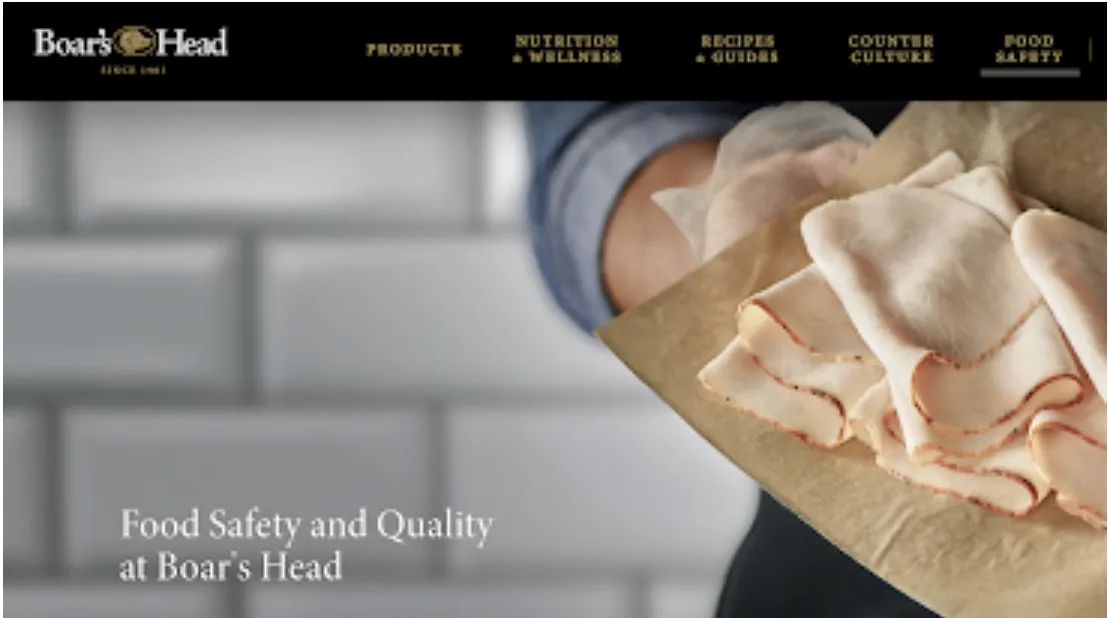December 6, 2024
Another food recall? U.S. food supply diversification created 'many more points' where food can be contaminated.

The listeria outbreak in Boar's Head meat caused 10 deaths and sickened at least 61 people this year. (Boar's Head photo)
In the past six months, the number of reported food-borne illness outbreaks and food recalls in the United States has started to feel like a daily occurrence. And as the list of tainted foods grows from deli meat to onions to ground beef, many American consumers are wondering which foods are safe. Emily Schmall of The New York Times reports on "what the data on food safety actually shows."
A more in-depth look at U.S. food system data reveals a complex system with some documented safety improvements and plenty of room for improvement. Schmall explains, "By some measures, the food supply has become safer in recent years: We now have better testing systems that make it possible to detect contaminated food sooner and recall it faster, which means that outbreaks are now often smaller. It’s also easier to detect foodborne illnesses and link them to specific outbreaks. . . . Still, there has been less progress than experts had hoped to see by now."
Part of the country's food safety dilemma comes from the system's complexity and the sheer number of countries and suppliers involved. Schmall reports, "More products and ingredients are now being imported, and food is more frequently grown, manufactured, packed, and distributed by separate companies. A longer and less integrated supply chain means there are many more points at which the food can be contaminated."
The American public isn't wrong; recalls have increased. In fact, "recalls have nearly doubled between 2012 and 2024, though the Food and Drug Administration lumps food and cosmetic recalls together," Schmall writes. "Some of this increase may be because of better testing. Not all recalls involve pathogens, either."
While the constant barrage of food recalls has left many Americans thinking U.S. regulators cannot ensure that the food supply is safe, the FDA has funding constraints that limit its ability to inspect more foreign food facilities. "The FDA physically inspects less than 1% of food imports," Schmall explains. "That gap in oversight was illuminated last year when applesauce pouches that contained lead-tainted cinnamon sourced from Ecuador sickened hundreds of children across the United States."
Susan Mayne, who served as the FDA's director of food safety during the Obama, Trump and Biden administrations, told Schmal, "The FDA functions as a food safety cop on the beat. But the ultimate responsibility for making things safer really comes from the food industry.”